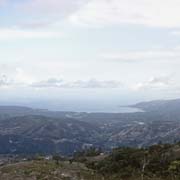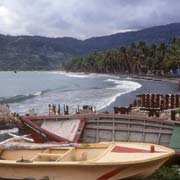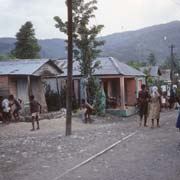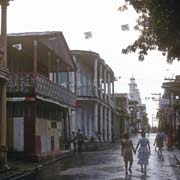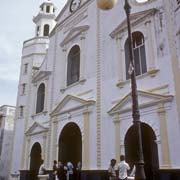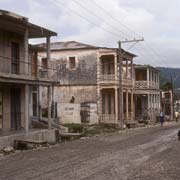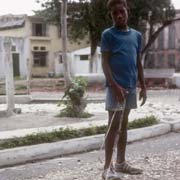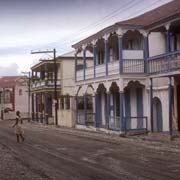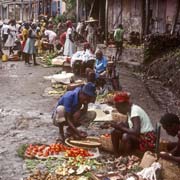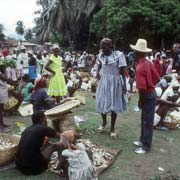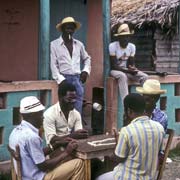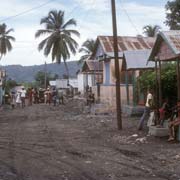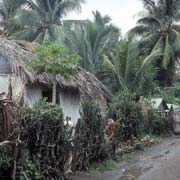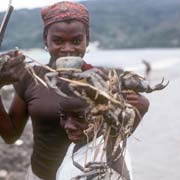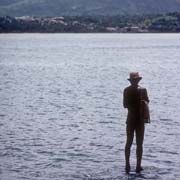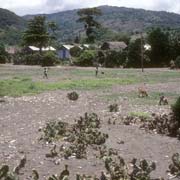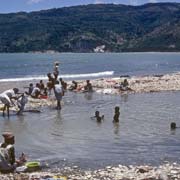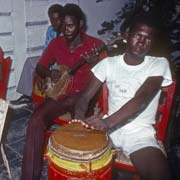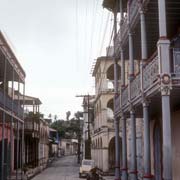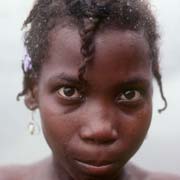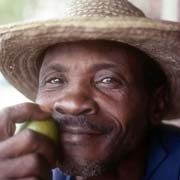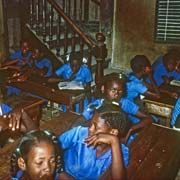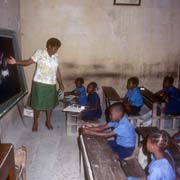Photos of Jacmel on Haiti’s south coast, Haiti
Jacmel on Haiti’s south coast
Jacmel (or Jakmèl in Kréyòl) is a friendly city on the southern shore of Haiti. It was founded in 1698 as the capital of the southeastern part of the French colony Saint-Domingue. It was Taíno territory, a part of the Xaragua chiefdom ruled by the cacique (chief) Bohechio.
you may then send it as a postcard if you wish.
The French established the town and named it Jacmel after the indigenous Taíno Arawak name of Yaquimel. A century later, Haili’s national hero Toussaint L’Ouverture fought over Jacmel in the so-called War of Knives. He and his fellow countryman André Rigaud wished to maintain authority over the city. The war began in June of 1799, but Toussaint’s troops pushed the rebels back to the port by November, and Jacmel fell in March 1800.
It is a picturesque town with about 40,000 inhabitants and still has many mansions dating back to the late 19th Century when wealthy coffee merchants inhabited it. These mansions have a strong resemblance to those in New Orleans with their cast-iron pillars and balconies obtained from France: New Orleans architecture was influenced by Jacmel’s. Now artisan shops are selling handicrafts like masks made from paper-mâché and wood-carved animal figures. Jacmel is popular as a tourist destination with its quiet, relaxed pace, especially compared to nearby Port-au-Prince. It has a busy art scene and hosts the “Festival Film Jakmèl”, a prominent film festival and the “Festival Mizik Jakmèl”, an international music festival. It has a famous carnival, and nearby are white sandy beaches and the “Bassins Bleu”, Haiti’s most famous natural deep water pools. Because Jacmel is regarded as one of the safest cities in the country, it is popular with visitors.
On 12 January 2010, a massive earthquake, 7.0 on the Richter scale, which struck 15 kilometres west of Port-au-Prince, also devastated Jacmel. About 70 per cent of the homes were damaged, with most of the heavier damage being suffered in the poorer neighbourhoods; 300-500 people died, and the survivors were left without food or water for many days. But a major revitalisation project started to reestablish the historical relevance of Jacmel as a commerce and tourist centre once again.




